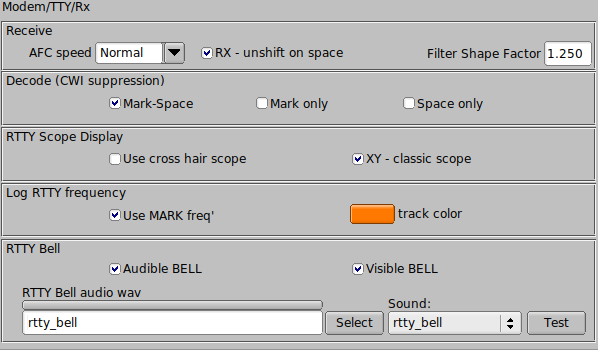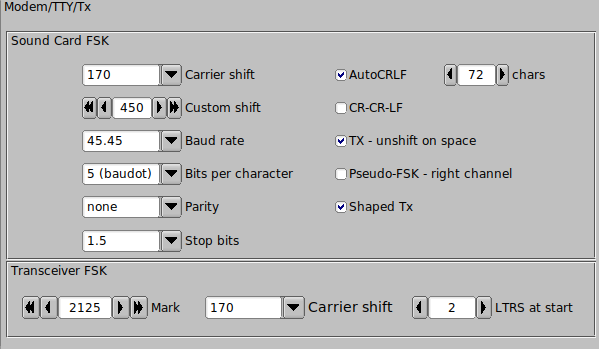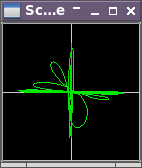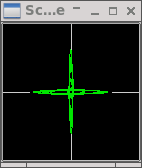


Fldigi operates RTTY using AFSK and the transceiver set to USB. The RTTY signal can be transmitted anywhere within the USB passband of the transceiver.
You can select from various Shifts, Bauds, Bits, Parity and Stop Bits for both AFSK and FSK keying of the transmitter. You can elect to have fldigi automatically insert a CFLF when it reaches character 72 on a line. You can also have it insert a CR-CR-LF sequence instead of the standard CR-LF sequence. This is very useful if you are communicating with someone using a hardware TTY printer. The extra carriage return will give the physical device time to move to the left margin before new characters arrive.
The RTTY decoder maintains an internal AFC system for tracking the desired signal. Depending on operating conditions you may need to adjust the action of the AFC loop. Select from the Slow, Normal or Fast AFC loop. You can also disable AFC with the AFC button on the main panel.
The received signal processing consists of a tuned Raised Cosine Filter followed by an optimized Automatic Threshold Correcting (ATC) detector. The resulting bit stream is then processed to extract the byte data.


The Digiscope display can be defaulted to the X-scope or the Signal scope.
The classic XY-scope is similar to older hardware scopes that show the output of the separate Mark-Space filters, one applied to the horizontal and one to the vertical axis.
The Pseudo XY-scope is similar with the exception that the horizontal and vertical are phase related to the Mark-Space signals, but not the actual signal.
The Classis XY-scope will appear noisier than the Pseudo XY-scope.
PseudoFSK selection generates an additional audio signal on the right channel. This signal is a burst tone at the FSK keying rate. You can full wave rectify and filter the signal so that it can be used as the FSK keyline signal to a rig that supports FSK transmissions. See Pseudo FSK for additional information and a suitable keying circuit.
Your log can record either the center frequency between the Mark and Space or the Mark frequency. You can also select the color that should distinguish the Mark frequency.

See nanoIO Interface for additional information on nanoIO and MORTTY interface.
See Navigator Interface for additional information on using the Navigator interface.